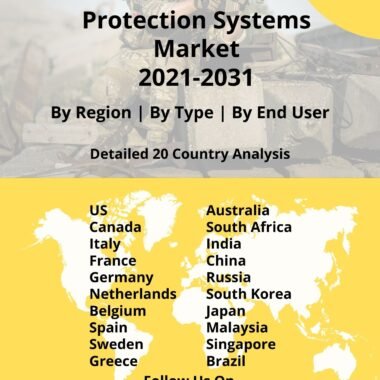Description
Unmanned surface and underwater vessels are teleoperator/ remote-controlled vehicles that can be operated with very little to no human interaction. These vessels can be used in high-risk operations that might be dangerous for manned missions. The use of this technology promotes asset security and increases efficiency across the said mission.
Unscrewed Surface Vessels account for boats or ships that operate on the surface of a waterbody without the presence of a crew. While Unmanned underwater vessels as the name suggests are used for deep-sea/ocean operations. Sagar defense engineering was noted to be the first company in India to design drone ships (USVs) for a government organization. As of 2021, SEA-KIT International was noted to be another key contractor within the USV market to receive Unmanned Marine Systems (UMS) certification from Lloyd’s register for its USV design, i.e. the 12m X-class. The Lloyd’s Register is a UK-based research and engineering facility that also serves as a maritime classification society.
Advancements in USV and UUV technologies have led to the introduction of products that can be controlled remotely from nearby land or vessel. Both the vessels have been used for land-mine control operations across the surface of the water and towards the water bed. The technologies can be further classified based on the modes of operation, i.e. partially autonomous and fully autonomous unmanned surface/underwater vessels. Some of the modern applications of unmanned surface vessels also include commercial shipping. The proliferation of Industry 4.0 promotes the use of autonomous USVs and UUVs across operations like seafloor mapping, robotic research, data aggregation, surveillance and inspection of the geological phenomenon as well as turbulence caused due to external forces (unauthorized entry of vessels within a given region).
Geographic data collection is one of the application segments for the USV and UUV markets. One of the recent developments in the market was the integration of Sonardyne technologies to Fugro’s global fleet of uncrewed surface vessels (USVs) and remotely-operated vehicles (ROVs). Sonardyne’s Mini-Ranger 2 Ultra-Short BaseLine (USBL) position system is anticipated to be integrated into Fugro’s new 12-meter long Blue Essence USV. The integration of this device is poised to add functions to the Blue Essence like tracking, deployment, and as well as command and control features that enable inspection of the ROVs and UAVs. The C2C function is expected to relay information and control the ROVs as well as underwater autonomous vessels (UAVs). The overall technology can be used to harvest information which can be further used in data mining operations as well as research expeditions. The construction and maintenance of maritime assets can also be monitored using this device.
On studying the regional competitive landscape for the Unmanned underwater vessels market it is to be noted that North America is anticipated to be the largest market followed by APAC. The presence of countries like China, India, Japan, and South Korea is expected to boost the market dynamics for the APAC. The US is the largest defense-based economy on a global basis. According to US’s Congressional Research Service, the country plans on procuring and developing three variants of unmanned vessels including Large Unmanned Surface Vehicles (LUSVs), Medium Unmanned Surface Vehicles (MUSVs), and Extra-Large Unmanned Underwater Vehicles (XLUUVs). For FY 2022, the US Navy has proposed a budget of USD 434.1 Million for the research and innovation associated with the Large unmanned vessels program. The enabling technologies for this platform are also to be developed as a part of this proposition. The US navy plans on having a distributed architecture through the induction of this program. The five XXLUUVs were funded in the year 2019 and are presently being developed by the company Boeing. The size of the XXLUUV is approximated to be comparable to the size of a subway car. The navy plans on procuring additional XXLUUVs towards the beginning of the year 2024. These underwater vehicles are to be used for the deployment of the Hammerhead mine. The explosive is a planned mine that will be tethered to the seabed, it is poised to be armed with an anti-submarine torpedo. The overall structural design and application of this munition are similar to the CAPTOR (encapsulated torpedo) mine which was used during the Cold War.
Other key products within this market include Knifefish, Bluefin 9, and Bluefin 12 developed by the company General Dynamics. The Knifefish is a medium-class mine countermeasure UUV unmanned underwater vehicles that is to be deployed by the US Navy. While the Sea 1778 is the program under which General Dynamics plans on delivering Bluefin 9 and Bluefin 12 to Thales. These autonomous UUVs unmanned underwater vessels are poised to classify and identify sea mines as a part of the Australian Naval forces. The inclusion of this product is poised to increase Australia’s initial mine countermeasure capability. This in turn will provide added safety and security to soldiers in addition to improving mine countermeasure efficiency. General Dynamics plans on inculcating concepts of machine learning, AI, as well as command and control systems in futuristic designs for unmanned surface/underwater vessels.




